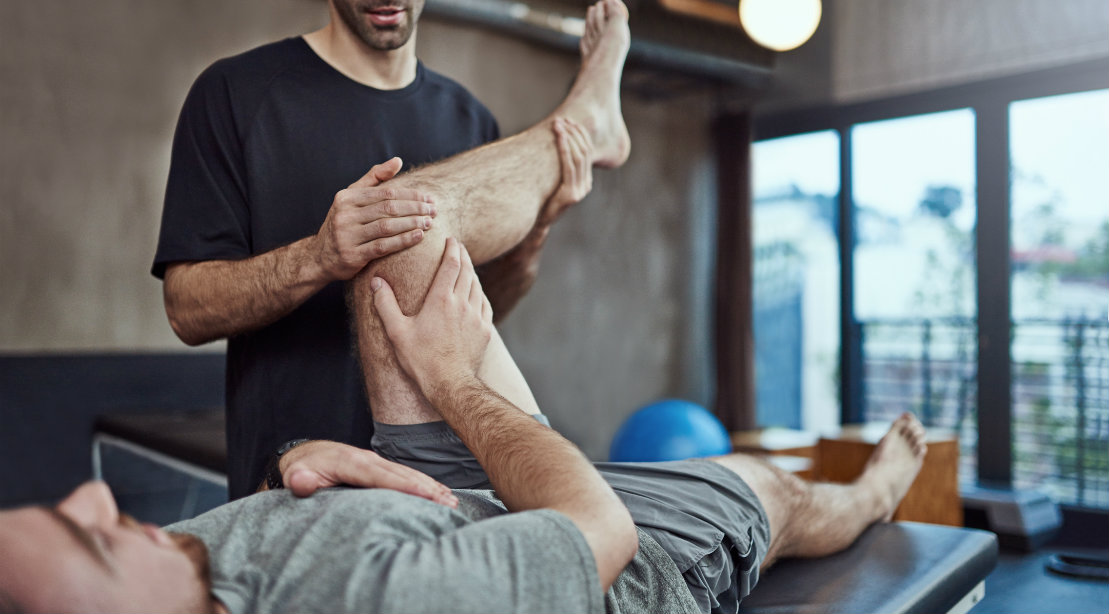28-Days-to-Lean Meal Plan
With the right plan and the right discipline, you can get seriously shredded in just 28 days.
Read article
Injuries suck, but don’t let them keep you from training for too long. Some athletes find that injuries completely dull their motivation to compete in their sport altogether, especially if they’re required to be out of action. Other athletes may look on the bright side and see injuries as an opportunity to learn more about the sport as they prepare to come back stronger than ever. To find out what some of the most common weightlifting and running injuries are and how to best heal them, we enlisted the help of J. Christopher Mendler, M.D., a board-certified sports medicine physician and Medical Director for Holy Name Sports Medicine located in Oradell, NJ, and David Potach, P.T., C.S.C.S., CEO & Founder of Quest, and Board Certified Sports Physical Therapist.
“In general, while some injuries may require a period of complete rest or avoidance of the inciting activity, many injuries can be actively managed with appropriate modifications to the program, allowing athletes to continue to train, albeit differently than they may have been prior to injury,” says Mendler. “Common themes leading to injury include high training volumes, intensity, and frequency, but also subtle changes in form or technique that occur in a given set due to fatigue or a rushed super set.”
Avoid these eight workout injuries, and learn the best plan to heal them, with this essential guide to injury prevention and rehabilitation.
Mendler’s medical disclaimer: Any suggestions or general recommendations given below should be understood to come with the following basic disclaimer: “If you are not getting better or feel it is a bad situation, get it checked by a qualified health care provider.”
Potach’s general guidelines: For all identified exercises, ice is indicated for the early inflammatory phase (after 3-5 days, until the end of the second week) for pain, swelling, and active inflammation. Inflammation is important, so it shouldn’t be interfered with early on, but it eventually needs to go away. During later phases, ice only for pain and if swelling continues.

cipella / Getty Images

BSIP/UIG / Getty Images

PhotoAlto/Odilon Dimier / Getty Images

AzmanL

svetikd / Getty Images

fotostorm / Getty Images

Drazen Lovric / Getty Images

LeoPatrizi / Getty Images